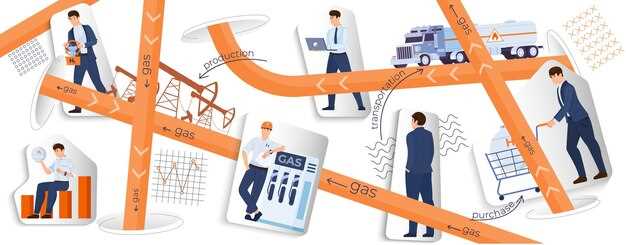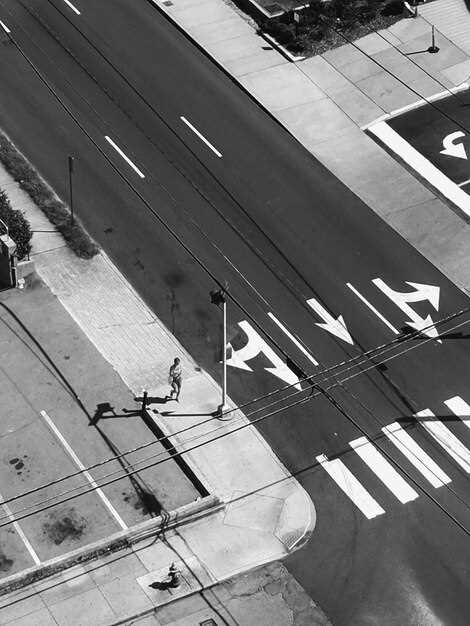
Effective lane positioning plays a crucial role in improving visibility and safety on the road. By strategically choosing their position within the lane, drivers can enhance their awareness of surrounding traffic and minimize the risk of accidents. Understanding the relationship between lane position and traffic dynamics is essential for both novice and experienced drivers alike.
Lane positioning is not merely about staying within the lines; it involves a proactive approach to driving that considers various factors such as vehicle size, speed, and the behavior of other road users. Strategic positioning allows drivers to maintain adequate sight lines, making it easier to detect potential hazards and pedestrians. This is especially vital in high-density traffic areas, where the risk of collisions significantly increases.
Moreover, adopting proper lane positioning techniques can contribute to safer driving by providing a buffer zone against abrupt maneuvers from other vehicles. This layer of safety is particularly important in urban settings, where traffic flow can be unpredictable. By prioritizing visibility and maintaining a clear understanding of traffic patterns, drivers can significantly reduce their chances of involvement in accidents, thereby fostering a safer road environment for everyone.
Understanding Optimal Lane Position for Different Driving Conditions

Choosing the optimal lane position is essential for enhancing visibility and safety on the road. Various driving conditions require different strategies that help drivers navigate effectively while minimizing risks associated with traffic.
In clear weather conditions, maintaining a central position within the lane offers the best visibility for the driver and other road users. This positioning allows for adequate distance from curbs and lane markings, reducing the chance of collisions. Additionally, ensuring ample following distance enhances reaction time in case of sudden stops in traffic.
During inclement weather, such as rain or snow, adjusting lane position to avoid water accumulation or ice patches is crucial. In these scenarios, positioning slightly towards the center of the lane can prevent hydroplaning or losing control due to slippery conditions. Increased caution is necessary, as lower visibility may affect the driver’s awareness of surrounding traffic.
In urban environments where traffic is dense, it is important to use lane position strategically to facilitate safe lane changes and turns. Staying towards the right side of the lane can provide a buffer from oncoming traffic, particularly when waiting at intersections. Additionally, this positioning fosters visibility of pedestrians and cyclists, crucial elements in busy urban traffic.
On high-speed roads or highways, maintaining a consistent lane position slightly towards the left can help in assessing the flow of traffic ahead. This stance allows for smoother merging and better anticipation of the actions of faster-moving vehicles. However, drivers must remain vigilant and adapt their positioning based on the behavior of surrounding traffic.
Overall, understanding how to adjust lane position according to driving conditions enhances visibility and safety. By being proactive and aware of environmental factors and traffic characteristics, drivers can significantly reduce the likelihood of accidents and promote a safer driving atmosphere for all road users.
Adjusting Lane Position to Minimize Blind Spots and Maximize Awareness

In today’s traffic environment, adjusting lane position is crucial for ensuring safety and enhancing visibility. By strategically positioning a vehicle within a lane, drivers can minimize blind spots and improve their overall awareness of surrounding vehicles.
Here are several effective strategies to adjust lane position:
- Maintain a Safe Distance: Always keep a safe following distance from the vehicle ahead. This not only allows for better visibility but also provides increased reaction time.
- Use Mirrors Effectively: Regularly check side and rear-view mirrors to monitor surrounding traffic. Adjusting the side mirrors outwards can help cover potential blind spots.
- Position for Visibility: When driving in multi-lane traffic, position your vehicle in a way that maximizes your line of sight. This might mean being slightly to the left or right within your lane to see around larger vehicles.
- Avoid Blind Spots: Steer clear of driving directly alongside larger vehicles, such as trucks and buses. These vehicles often have significant blind spots that can obscure your presence on the road.
- Utilize Lane Position Changes: When safe, slightly adjusting your lane position can enhance visibility. Move closer to the line separating lanes when you need to see other vehicles or merge safely.
Additionally, it is essential to consider the following:
- Adjust for Road Conditions: Be aware of changing traffic and road conditions, such as curves or construction zones that may limit visibility and require repositioning.
- Communicate Intentions: Always signal your lane changes clearly to communicate with other drivers. Predictable movements help maintain safety on the road.
- Be Aware of Cyclists and Pedestrians: Adjust your lane position to create more space for cyclists and pedestrians, particularly in urban areas where traffic is mixed.
By implementing these lane positioning strategies, drivers can significantly reduce the risks associated with blind spots while enhancing their awareness of the surrounding traffic. Safe driving is not only about following rules; it’s also about being proactive in maintaining visibility and understanding the dynamics of the road.
Practical Techniques for Maintaining Safe Distance While Changing Lanes
Maintaining a safe distance while changing lanes is crucial for ensuring road safety and preventing accidents. To effectively position your vehicle in traffic, follow these practical techniques.
First, always use your mirrors and check your blind spots before making a lane change. This process involves positioning yourself in a way that provides a clear view of the surrounding traffic. Adjust your mirrors adequately to minimize blind spots, and physically turn your head to check areas that mirrors might not cover.
Second, utilize a proper signaling technique. Before changing lanes, signal your intent well in advance. This allows other drivers in traffic to register your intentions and adjust their positions accordingly, creating a safer environment for everyone involved.
Third, gauge your speed relative to traffic flow. When preparing to change lanes, ensure that you are traveling at a speed that allows for a smooth transition. Accelerating or decelerating too rapidly can disrupt the spacing between vehicles and increase the risk of collision. Aim to match the speed of the lane you wish to enter before making the move.
Fourth, practice the “three-second rule” to maintain an adequate distance from the vehicle ahead. This rule can be particularly useful when changing lanes, as it provides a buffer zone that accommodates any sudden stops or adjustments in traffic. Count seconds between the moment the vehicle ahead passes a reference point and when you reach the same point.
Lastly, remain aware of road conditions and adjust your lane changing behavior accordingly. Increase your following distance during adverse weather or when other vehicles exhibit unpredictable behavior. Being adaptable in your positioning enhances safety and provides more reaction time in changing traffic situations.
